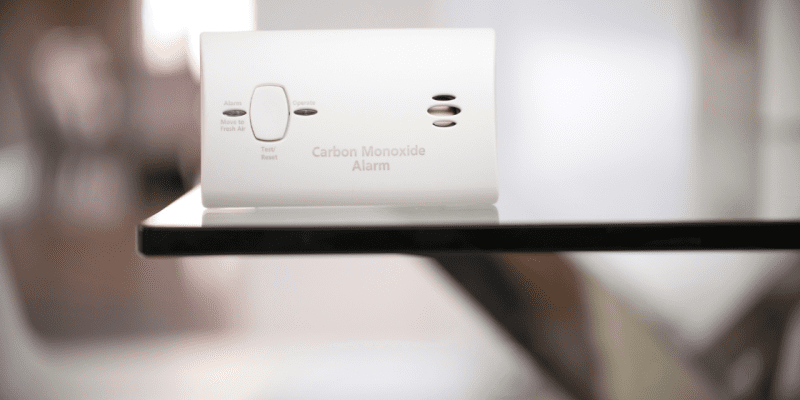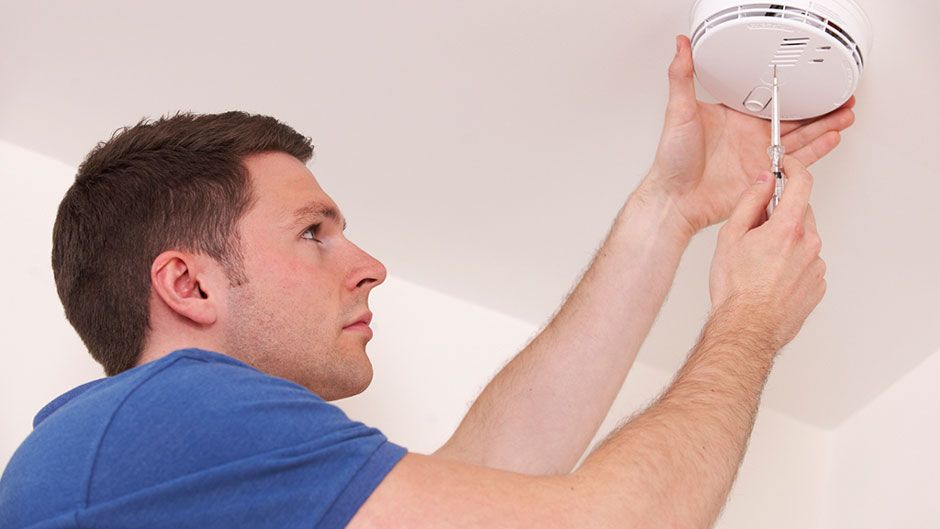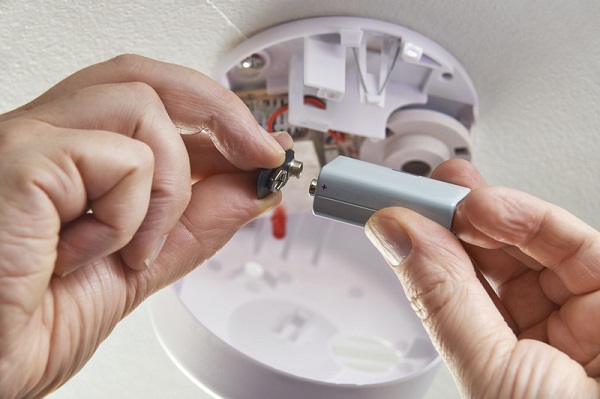CO detectors are safety devices placed in homes to save lives during emergencies. Therefore, it is imperative to install the CO detectors appropriately to realize the best outcomes and early detection. Henceforth, homeowners can follow these tips to detect gas leaking early and improve overall safety.
Basics of carbon monoxide gas
Understanding the general properties of CO gas enhances the need for a homeowner to ensure proper placement and potential risks. CO is a colorless, tasteless, and odorless gas that is rather difficult to detect without the use of a detector. Therefore, it is commonly referred to as a ‘silent killer’ and poisoning manifest as dizziness, nausea, headache, and other non-specific symptoms.
CO gas is released from the incomplete burning of fuel. The incomplete burning might arise from faulty appliances, and accumulation occurs indoors, especially in poorly ventilated rooms. A high concentration of CO gas is life-threatening and fatal. The gas is lighter than air to some degree and distributes evenly.
Studies on proper placement of CO detectors indicate any point in a room is useful in detection. However, for early detection of small concentrations, there are general rules homeowners should follow.
How do carbon monoxide detectors work?
For a CO detector, the critical part is the alarm sensor. The sensor determines the concentration of CO gas in the room. The three types of CO sensors include colorimetric, metal-oxide, and electrochemical have differing mechanisms of detection. Placement does not affect the operation of the CO detector directly, but positioning mitigates early detection. Alarm triggers for CO detectors are similar since they detect elevated concentrations of CO in the air around the alarm.
Correct placing a CO detector

There are general guidelines to follow on areas homeowners should place the detector. Firstly, homeowners should ensure all rooms with appliances such as gas cookers, fireplace, furnace, open-fire, and boiler have a CO detector. Additionally, the garage and any other rooms with cars with a running engine should have a sensor. Living rooms and sleeping areas should each have a CO detector in place.
Moreover, homeowners should always check the laws and codes on the CO detector installation. For a multi-story apartment, should install the detectors on each floor, including the attic and basement. Homeowners should place the CO detectors in rooms that have a flue.
The number of detectors to install depends on the dimension of the house and the number of fuel-burning devices. The National Fire Protection Association (NFPA) advises homeowners to invest at least a CO detector on each level of a home. Additionally, NFPA recommends a central section placement of the CO detectors outside the sleeping areas and in other regions as required by local codes and law. The gas is toxic, and thus, it imperative that one should install the appropriate number of the detectors that a home might require.
Correct mounting of CO detectors
Homeowners must read the manual guide of the CO detector on locations and height specified by the manufacturer. Rooms with appliances that use fuel such as cookers and boiler, or open fire areas, one should mount the detector 6 inches from the ceiling. Mounting should be higher than either the door or window height unless stated by the manufacturer. Additionally, homeowners must mount CO detectors 3 to 10 feet horizontally from the possible source.
Rooms with an open fire or without any fuel-burning appliances should have the CO detectors near the breathing areas. Moreover, a room with a sloped ceiling will have mounting on the high region of the ceiling. The device should be at the breathing level or at the knee level to consider kids and pets.
Areas to avoid mounting a CO alarm
Homeowners should not place CO detectors close to water heaters, furnaces, or cooking appliances since the device might give false alarms. Other areas to avoid include, next to doors or windows, above sinks, and humid places like bathrooms. Additionally, avoid mounting the CO detector in dusty places since the dust might interfere with the device sensor. Likewise, homeowners should install the detectors away from obstructing furniture and enclosed spaces such as behind curtains and cabinets.
Homeowners must ensure that mounting of the devices is not close to fans, air vents, or any other ventilation opening since ventilation decreases CO gas concentration below detection. Furthermore, other areas to avoid mounting include outdoor locations and zones’ operational temperature of the CO detector is not guaranteed. Place the device away from the reach of children to prevent damaging and tampering.
Ensure the effectiveness of the device
Homeowners should contact local authorities before purchasing a CO detector to ensure they get a current device. Furthermore, the CO detector must meet the standards set by Underwriters Laboratories. The alarms should be tested regularly, at least monthly, and batteries tested weekly. Homeowners should clean the CO alarms as per the manufacture with a clean cloth and renew cells at least annually.
Contact Us
Call or submit our online form to request an estimate or for general questions about our services. We look forward to serving you!






